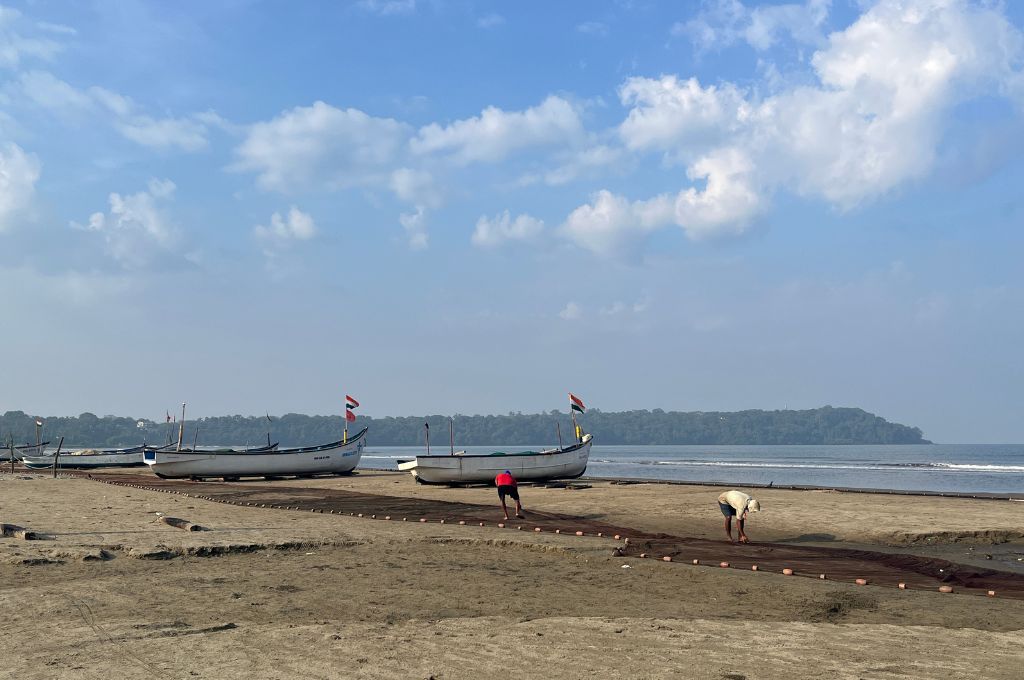READ THIS ARTICLE IN
The one reason for Manipur violence we’re not discussing
As a land rights activist with Ekta Parishad, I have been visiting Manipur since 2006. My recent week-long visit was one of the saddest. In June, I lost a 24-year-old colleague to the violence in the state. Basanta was patrolling his village as part of the peace committee when he was shot by a sniper. He was also a land rights activist and associated with us since 2017.
There are many complex reasons—historical issues and recent triggers—for conflict in the state. However, when considering the discussions on the ongoing violence between the Meiteis and the Kukis, I can’t help but think of one of the core issue. Land rights in Manipur have been characterised by instability, and the implication this has on the region is frequently overlooked.
The Socio-Economic and Caste Census Report (SECC), 2011, reveals a striking statistic: Approximately two-thirds of the population in Manipur is landless or homeless, the highest in the Northeast region. The Manipur Land Revenue and Land Reforms Act of 1960 promised to bring about land reforms within the state, but its practical implementation has remained minimal at best. In recent years, the population in the valley districts has increased considerably, resulting in escalating pressures on land. There has also been a lot of land acquisition for infrastructure and real estate. In the hills and the valley, instead of settling land claims, the government has introduced laws to tackle forest encroachment; this has dire consequences for the people who have traditionally resided in these lands.
Drawing from a decade of engagement in land rights through our work at Ekta Parishad, we have come to understand that land is an integral source of power and stability, and in its absence, socio-economic insecurities and vulnerabilities surge. In Manipur, the exacerbation of these vulnerabilities, coupled with a lack of proper avenues for recourse and remedy, is a part of the cause for the current crisis.
Over and above the landlessness, there is a food crisis brewing in Manipur. Agriculture has come to a standstill because there are bunkers on both sides and the forces have asked people to stay home to remain safe. A region-wide survey by local farmer organisations discovered that about 30,000 acre of farming land is currently not under cultivation because of the crisis. This is going to compound what currently looks like a long struggle.
Ramesh Sharma is a land rights activist with Ekta Parishad.
—
Know more: Read this article to learn more about relief work in Manipur.
Do more: Connect with the author at [email protected] to learn more about and support his work.



